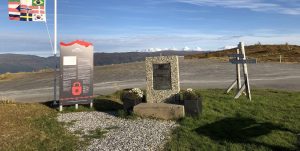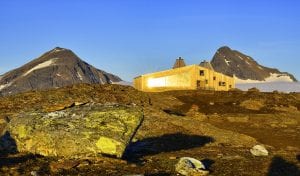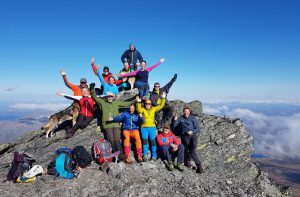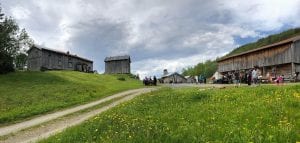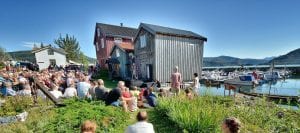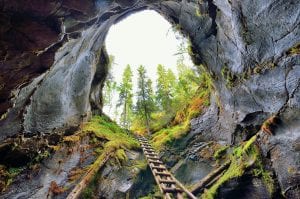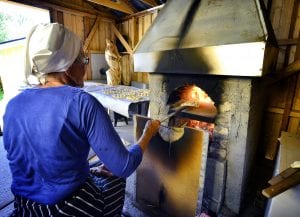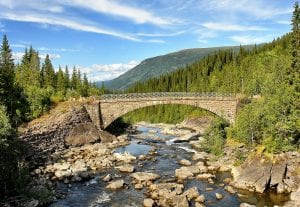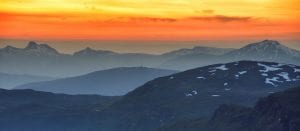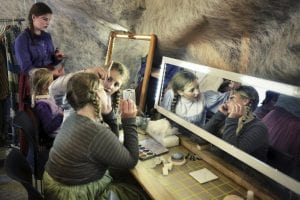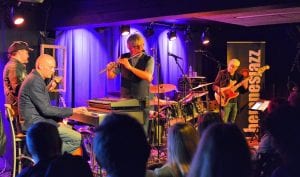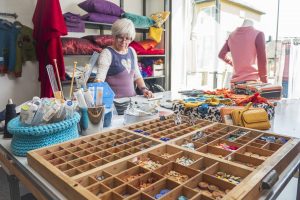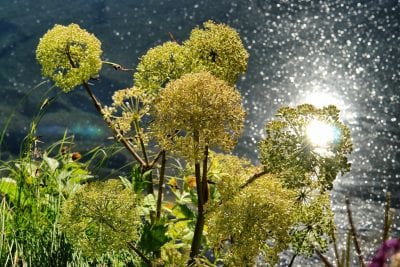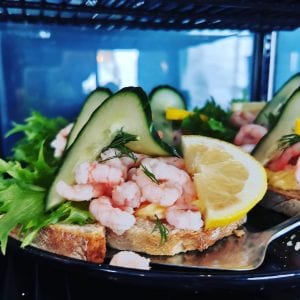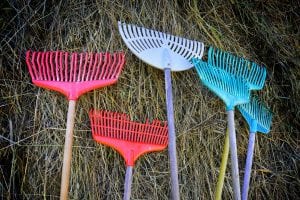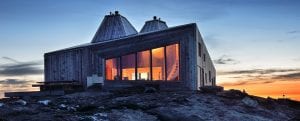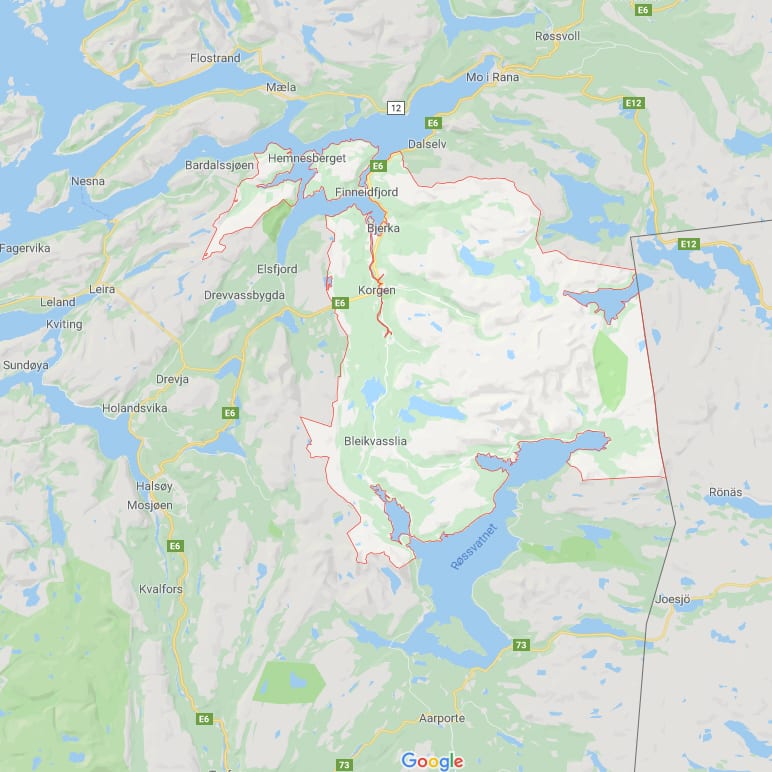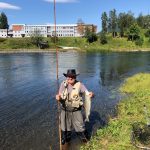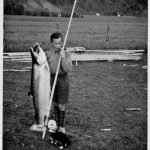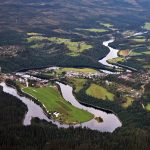In the 19th century, it was mostly English salmon orders that came to fish, plus some well-to-do Norwegian guests. They stayed at the farms along the river, and rented boats with beets and often a cook. In this way, they contributed to a much-needed extra income for several farmers. Eventually, a separate «English villa» was also built in Korgen.
Nowadays, the season lasts from 1 July to 31 August, with good fishing opportunities on prepared banks along the river. At the same time, active work is being done to preserve the wild axis and ensure the best possible management of the watercourse as a whole.
Challenges
The watercourse, which embraces the main river Røssåga and the tributary Leirelva, has been through major interventions. Nedre and Øvre Røssåga power plants were put into operation in 1955 and 1961. Later rehabilitation and expansion of Nedre Røssåga (completed in 2016) led to further changes. As water flow, temperature and degree of sludge affect the fish’s habitat, these interventions have led to challenges.
Another challenge is the salmon parasite G. Salaris, which was detected in Røssåga in 1980, and caused a marked decline in the fish stock. Rotenone treatment was carried out in 2003 and 2004, followed by rehabilitation. The watercourse was declared healthy in 2009, and the treatment is today considered a success.
The river owner team
The rivers Røssåga and Leirelva were for a long time managed as two rivers. In 2016, work began on gathering the licensees in the entire watercourse for joint management.
Today’s river owner team consists of over 70 managers, and is led by a board of 4 members. Based on national legislation and national goals, the responsibility is extensive:
- Through sustainable management, take care of and improve the biological conditions for salmon.
- Ensure that what is done is rooted in modern principles and established knowledge.
- Continue the work of prevention against salmon parasites.
- Create a varied and attractive sport fishing offer that has positive ripple effects in the local community.
- Protect the interests of fishing rights holders, including utilizing fishing resources in a way that provides financial benefits.
The team is a member of Norske Lakseelver, the largest organisation in Norway that works for the conservation of wild salmon, and a mouthpiece for the authorities.
Measures for better care
Both salmon and sea trout have a natural affiliation in the watercourse, but today the salmon stock is considered «poor» and the sea trout stock as «reduced». Escaped farmed salmon and hydropower regulation are considered the most important influencing factors. Illegal net fishing in the fjord probably also contributes in a negative direction.
The river owner team is doing its best to improve conditions. They are required by law to ensure that catch reporting is carried out. Since 2010, considerable efforts have been made here. In some individual selections, the reporting is now close to 100%, and the team sees an improvement with each passing year.
This work, in addition to the submission of shell samples and otoliths, are important measures for both monitoring, care and measures. Here, the river owner team benefits greatly from the collaboration with Statkraft’s Genbank at Bjerka. They release large amounts of smolt and fry each year, as compensation for the deterioration of the spawning areas that the hydropower development has caused.
Information online and mobile
On the website of Elveguiden, where all reporting is to be entered, we find the different zones of the watercourse. The managers who want to sell fishing licenses can do this via the river guide’s app. Here we find the salmon exchange, location of disinfection stations, maps of areas that sell fishing licenses, etc. This has simplified the work with statutory reporting.
Cooperation for the best of the fish
Conservation of the wild axis and good management of a watercourse requires great efforts. But by standing together as good managers, the river owner team hopes that the Røssåga galaxy will survive, so that in the future you can also fish both the unique salmon and fine and large trout in the beautiful watercourse.

